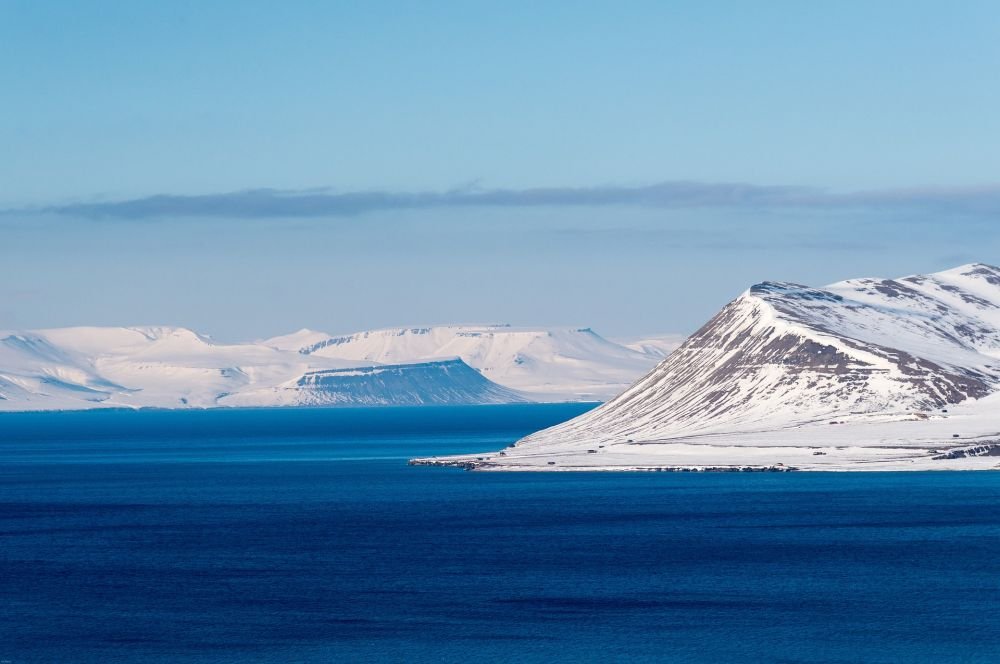An Arctic expedition promises the thrill of a lifetime, and not surprisingly, features on many people’s travel bucket lists. From the magical Northern lights to the unique Arctic wildlife, it’s a memorable travel opportunity not many get to experience.

But do you know what to expect on an arctic expedition? Discover all you have to look forward to, and look out for, in this concise guide.
You’ll need travel documents, just like any other trip. Not every Arctic expedition is the same. You may go through different countries, and therefore you’ll need not only your passport but perhaps also visas.
This depends on your particular expedition package, as well as your nationality. Be sure to check these requirements before you leave.
You’ll also probably have to make one or more transfer flights to get to the point of departure and to get back home after your trip. Some expeditions include these transfers, but not all. Be certain that you allow enough time between transfers and the start of your trip. A delayed flight could make you miss the ship!

It’s going to be cold. Very cold. You’re expecting that, and will probably pack your winter sweaters. But this is a whole other level of cold. Pack for extreme cold and rugged terrain, You’ll probably be advised about what to pack when you book your trip. But here are some good basics to include.
Include thermal wear, wool beanies (they keep you warm, but are still breathable), wool socks, gloves and scarf, good quality waterproof hiking boots, and comfortable trousers. And break in those hiking boots before you go. The last thing you want is blisters while trekking through ice and snow.
What do you need waterproof hiking boots for? You’ll not only be viewing the scenery from the icebreaker ship, but also doing some exploring. You’ll need boots with tread that won’t slip on ice or snow, too. Most Arctic yours provide rubber boots and all provide life jackets.
You may get seasick, at least at first. If you have never been on the open ocean before and aren’t sure if you’ll get seasick, just assume that you will.
Err on the side of caution and get some seasickness medication from your local drugstore before you go. Don’t worry too much about it, though. While unpleasant, seasickness is usually fleeting.
Even if you are not new to being on the water, this is not your average boat trip, and you may still be struck down by a bout of queasiness. Seasickness bands are available from many sports stores. Or get some natural remedies like ginger to take with you on the trip.
Believe it or not, you can get sunburned on an Arctic expedition!
And that’s not the only skin-related concern. The extreme cold can also play havoc with exposed skin, especially delicate facial skin.

To prevent damage to your skin from sunburn, windburn, and the cold, pack plenty of moisturizer with a high SPF, and extra sunscreen. And don’t forget some chapstick for your lips, too.
You need to be fit. An Arctic expedition is not for the faint-hearted. You need to be able to withstand extreme weather and heavy-duty trekking through harsh conditions.
We’re not talking triathlon-fit here, although that would certainly be a plus. But you’ll need to have a basic fitness level at least, to enjoy the more demanding aspects of your trip. You’re sure to do some more strenuous hiking than you’re used to.
This may be the chance to use those hiking essentials you never knew you needed before. But if you suffer from any medical condition, are overweight, or have physical impairments, discuss your plans with your doctor before booking your trip.
Taking selfies can be hazardous. Yes, you’ll surely want to take some epic selfies and photos of the breathtaking scenery. You’ll also spot wildlife unique to the Arctic zones, and be tempted to capture an Instagram-worthy pic or two.
But pack a waterproof camera cover, and don’t lean out over ship rails to take photos. When you get off the ship to do some trekking, be responsible. Stay with the group. Don’t go wandering off in search of awesome photo opportunities.
You may run into the local wildlife that is camera-shy at best, and aggressive at worst. No selfie with a bear is worth it. Ever.
Yes, snow blindness is a ‘thing’. It’s caused by UV rays that are reflected off the snow and ice. Both professional and experienced amateur skiers know all about it when they go all over the world in search of the best ski spots. That’s why they wear protective goggles.
But snow blindness is even more likely at the poles. To prevent eye injury with the correct eye protection. You can protect your eyes with sunglasses or, preferably, specialized goggles that have polycarbonate lenses.
This will keep flying snow and debris out of your eyes, and protect them from snow blindness as well. Fortunately, snow blindness is not permanent. Its effects last between 24 and 48 hours. But it’ll put a serious damper on your trip. So take the necessary precautions.
